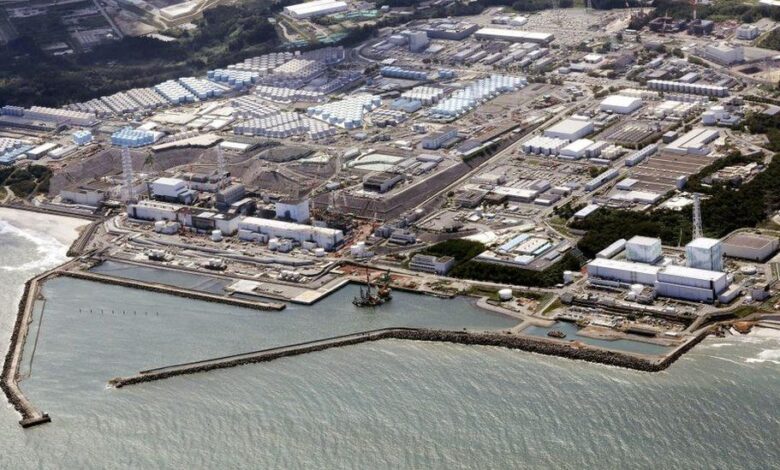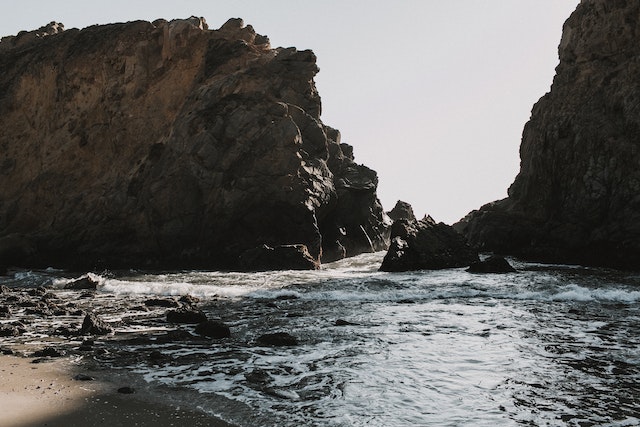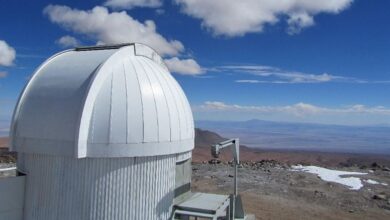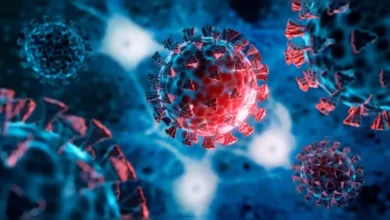Fukushima Plants release treated radioactive water into the Pacific Ocean
Tepco plant releases water containing radioactive tritium into oceans, sparking protests from China, South Korea, and fishing communities.

Japan started discharging more than 1m tonnes of radioactive water into the Pacific Ocean from the wrecked Fukushima Daiichi nuclear power plant on Thursday. A controversial move that has sparked protests and import bans from China and Hong Kong, and anger in nearby fishing communities. The plant’s operator, Tokyo Electric Power (TEPCO), pumped a small quantity of water from the plant on Thursday, two days after the plan was approved by Japan’s government.
The water release is termed safe by Japan, while the International Atomic Energy Agency (IAEA), the UN Nuclear watchdog, also approved the plan in July saying that it would have a negligible impact on people and the environment.
Tepco said the release began at 1:03 pm local time (0403 GMT) and it had not identified any abnormalities with the seawater pump or surrounding facilities. In a live video from a control room at the plant, Tokyo Electric Power Company Holdings showed a staff member turn on a seawater transport pump with a click of a mouse, marking the start of the controversial project.
The release of radioactive water, which is expected to take 30 to 40 years, has caused anger in neighboring countries and concern among fishers that it will destroy their industry as consumers steer clear of seafood caught in and around Fukushima.
The release of the treated radioactive water is a controversial issue, and there is no scientific consensus on whether it is safe. The Japanese government has said that the release is necessary to free up space at the Fukushima Daiichi nuclear power plant, but some countries have criticized the decision.
Japan has started releasing treated radioactive water into the Pacific Ocean is a reminder of the ongoing challenges of the Fukushima nuclear disaster. The disaster caused widespread contamination, and the clean-up effort is expected to take many years. The release of the treated radioactive water is a necessary step in the clean-up process, but it is also a risk that will need to be carefully managed.
The Japanese government has said that the water will be diluted to levels that are below international standards for drinking water. However, some experts have expressed concerns that the water could still pose a risk to marine life and human health.
Japanese fishing groups have said they are afraid that the release would lead to reputational damage and a loss of sales, including export restrictions to major markets. Hong Kong and Macau – both Chinese-ruled regions are set to implement a ban on Japanese seafood from regions including the capital Tokyo and Fukushima starting Thursday.
Treated radioactive water into the Pacific Ocean

China criticized the release, saying it is “extremely selfish and irresponsible in forcibly launching the discharge … putting its selfish interests above the well-being of all mankind.” China said it would also take necessary measures to protect the marine environment, food safety and public health, and would step up monitoring of radiation levels in its waters following discharge.
Tokyo has in turn criticized China for spreading “scientifically unfounded claims.” It maintains the water release is safe, noting that the International Atomic Energy Agency(IAEA) has also concluded that the impact it would have on people and the environment was “negligible.”
Tepco said, that the first discharge, totaling 7,800 cubic meters, is expected to last about 17 days. The utility will start the release “carefully and from a small amount”, an official in charge of the processed water said. Tepco expects the process of releasing the wastewater – currently totaling more than 1.3 million metric tons – to take decades.
The water became contaminated after it was used to cool three nuclear reactors that melted down after Fukushima Daiichi was struck by a powerful tsunami in March 2011. The waves knocked out the plant’s backup electricity supply and forced the evacuation of 160,000 people, in the world’s nuclear accident since Chornobyl.
Please, also have a look into : Earth will again host a Super-continent ‘Amasia’ as Pacific ocean shrinks



